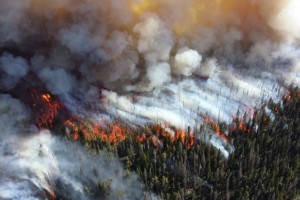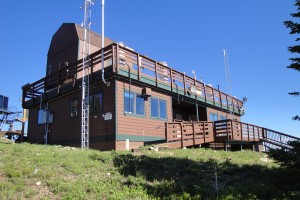New Collaborative Research Project to Study Particulate Organic Nitrogen

Collaborative Research: Nitrogren Partitioning and Evolution of Particulate Organic Nitrogen in Peat Fire Emissions. NSF Atmospheric Chemistry Program, 2015-2017 Overview: This project aims to provide an insight into the partitioning and evolution of nitrogen (N) containing compounds emitted from combustion of peat soils (also referred to as organic soils). The two main objectives are: 1) to evaluate the partitioning of
» Read more

